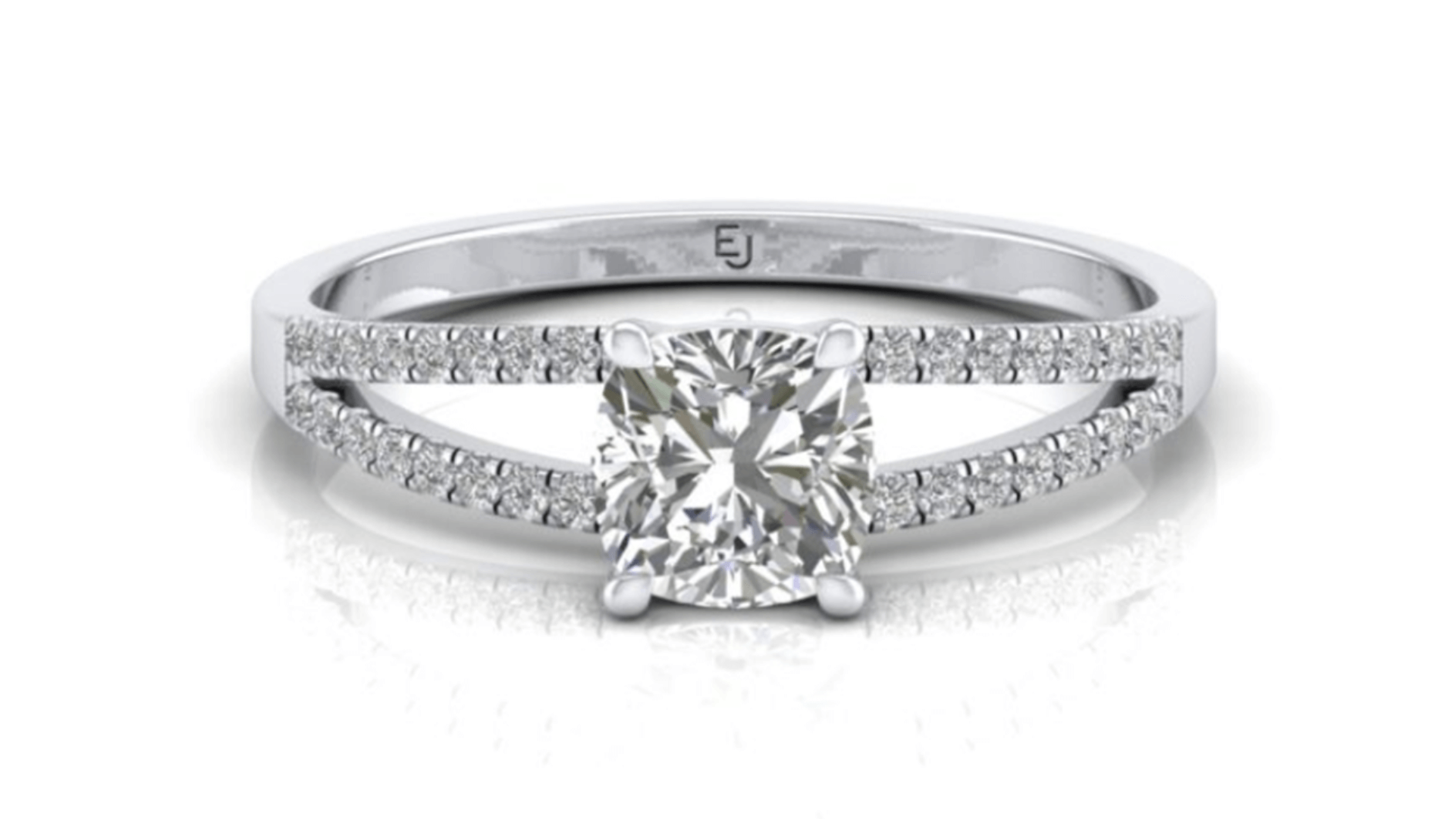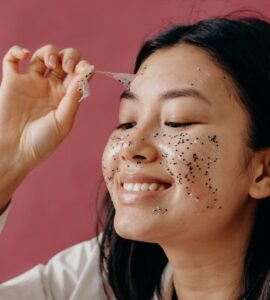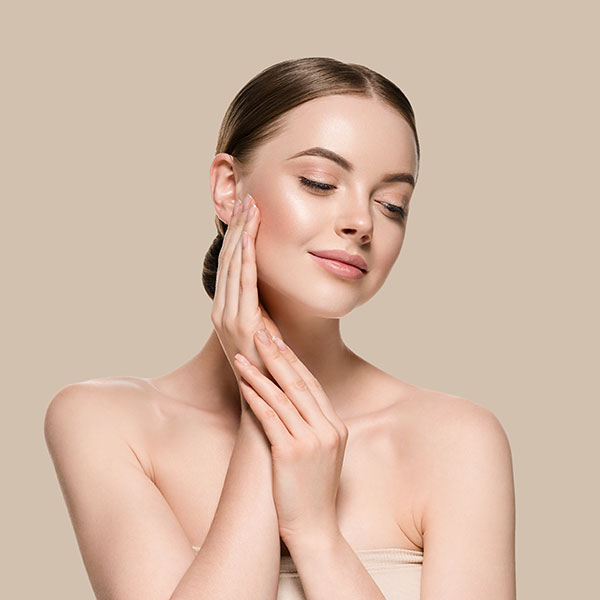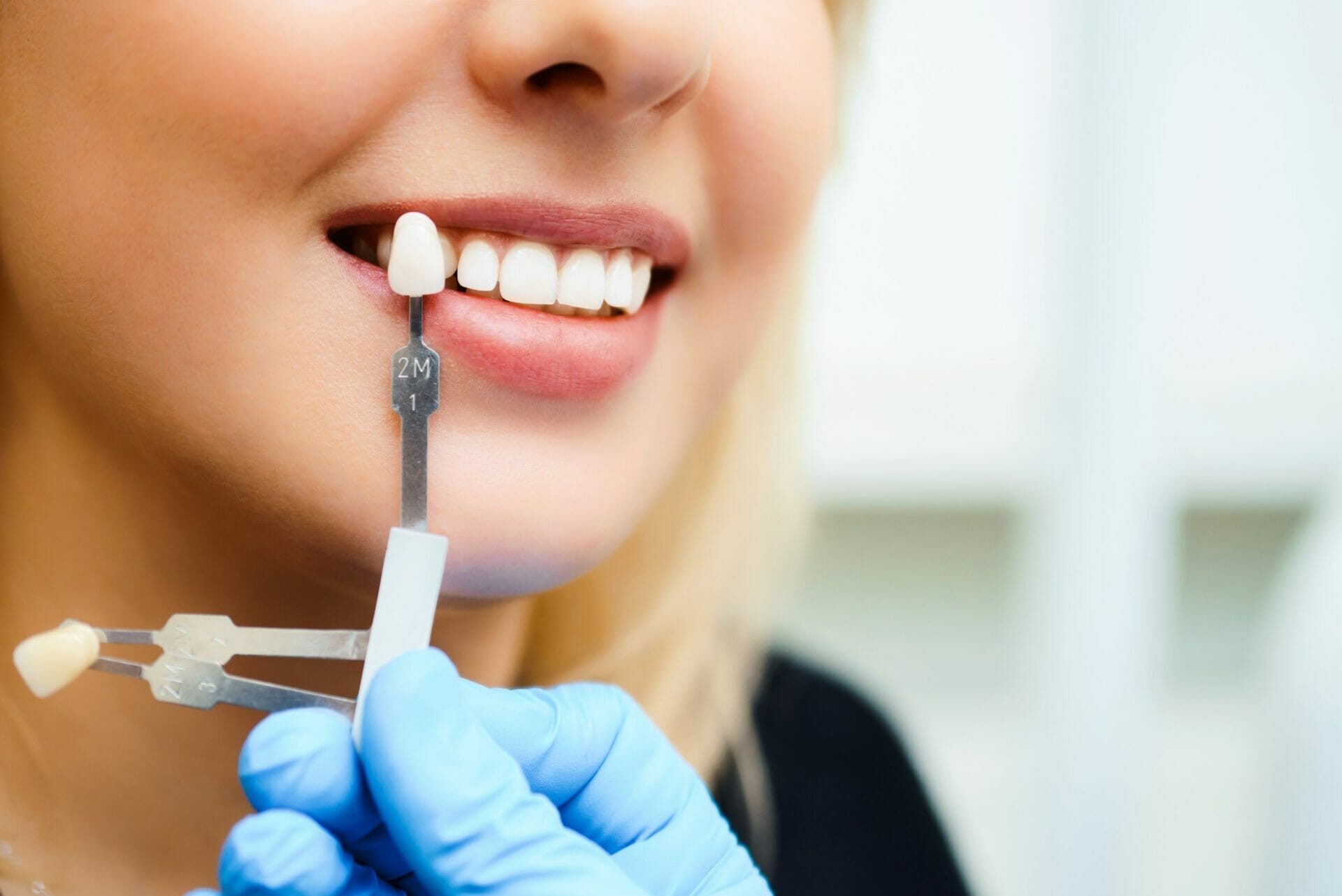
IGI vs GIA Lab Grown: Understanding the Key Differences
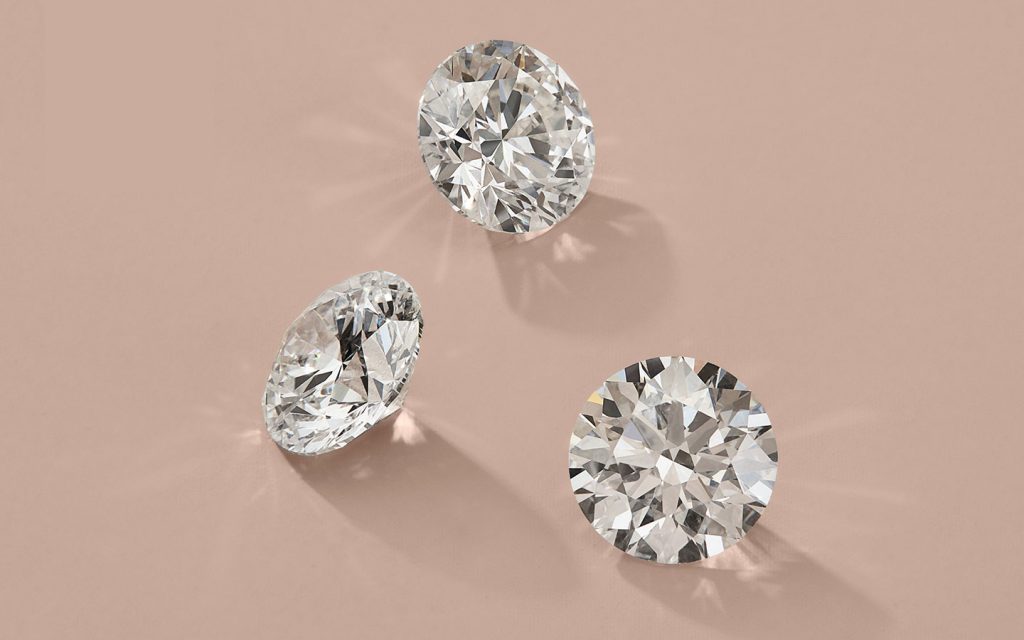 Posted On
Posted On
When it comes to purchasing lab-grown diamonds, understanding the certification process is vital. Two of the most well-known gemological labs that certify diamonds are the International Gemological Institute (IGI) and the Gemological Institute of America (GIA). Both institutions play a significant role in assessing the quality of lab-grown diamonds, but there are distinct differences between them. In this article, we will explore the main differences between igi vs gia lab grown, their certification processes, and which one might be the best choice for your diamond purchase.
Table of Contents
IGI vs GIA Lab Grown: Overview
IGI and GIA are two of the leading names in the gemology industry, known for their in-depth analysis and grading systems. While both institutions provide certification for natural diamonds, they also offer services for lab-grown diamonds. However, the grading systems they use, as well as the focus of their assessments, differ slightly.
The IGI is recognized worldwide for its comprehensive certification services, and it has been certifying lab-grown diamonds for a long time. It has specific protocols for grading both natural and lab-grown diamonds. On the other hand, GIA, which is perhaps the most prestigious name in the gemological world, is known for its rigorous and universally recognized grading standards. GIA has also developed a specialized grading system for lab-grown diamonds, which is gaining significant recognition.
IGI vs GIA Lab Grown: Grading and Certification Process
The grading process for lab-grown diamonds involves several factors, including cut, color, clarity, and carat weight. Both IGI and GIA assess these attributes, but there are differences in how they approach the certification process.
IGI typically provides detailed reports that break down the diamond’s characteristics, including a specific focus on identifying the type of lab-grown diamond (whether it’s grown via High Pressure High Temperature (HPHT) or Chemical Vapor Deposition (CVD) methods). IGI’s grading report also includes a visual representation of the diamond’s cut and other key details, making it easier for consumers to understand the quality of the stone.
In comparison, GIA uses its own grading system to assess lab-grown diamonds, which is considered one of the most trusted and objective systems globally. GIA assigns lab grown diamonds a “report number,” which allows buyers to check the details of the diamond online. Their reports are highly detailed and often include additional information on the diamond’s origins and growth method, which some buyers find essential for transparency.
IGI vs GIA Lab Grown: Cut Quality Assessment
When comparing IGI vs GIA lab-grown diamonds, one of the most notable differences lies in how they grade the cut quality. The cut quality significantly impacts the overall appearance of a diamond, and both certification bodies pay careful attention to this factor.
IGI provides detailed assessments of the diamond’s proportions, symmetry, and polish. Its reports include visual representations to help consumers understand how the cut impacts the diamond’s brilliance. IGI’s grading system for lab-grown diamonds includes categories like Excellent, Very Good, Good, Fair, and Poor.
GIA, however, has a highly technical approach to cut grading. The GIA’s Diamond Cut grading scale is widely regarded as the most precise in the industry. It uses sophisticated equipment and metrics to assess the cut of a diamond, providing buyers with an accurate and comprehensive understanding of how the cut affects the diamond’s brilliance and sparkle. The GIA’s cut grade is divided into Excellent, Very Good, Good, Fair, and Poor categories, much like IGI, but the methodology behind the grading is considered more precise.
IGI vs GIA Lab Grown: Color and Clarity Grading
Both IGI and GIA use similar criteria for grading the color and clarity of lab-grown diamonds, but their approach differs slightly. When it comes to color grading, IGI uses a letter scale from D to Z, with D representing the highest level of colorless and Z indicating a noticeable yellow or brown hue.
GIA, on the other hand, also uses the D to Z scale for color grading, but GIA’s grading process is known for its extreme precision and consistent standards. Many people in the industry consider GIA’s color grading system to be the most reliable. As for clarity, IGI and GIA both assess diamonds based on the size, type, and visibility of internal or external imperfections. Both grading systems use a scale ranging from Flawless (FL) to Included (I1, I2, and I3), though GIA’s standards for clarity are often regarded as slightly more stringent.
IGI vs GIA Lab Grown: Which One is Better?
So, which certification is better for lab-grown diamonds: IGI or GIA? The answer depends on the buyer’s preferences and what they value most in a certification report. IGI is an excellent choice for consumers who appreciate a more visually detailed report with a breakdown of the diamond’s characteristics. It is a reliable certifier with a long track record of issuing reports for lab-grown diamonds.
On the other hand, GIA is the most widely recognized name in the diamond industry and is often considered the gold standard. Its grading process is thorough, transparent, and widely trusted by jewelers and consumers alike. GIA’s lab-grown diamond certification, while relatively new, is gaining more recognition in the market due to its rigorous grading standards.
Ultimately, when comparing IGI vs GIA lab-grown diamonds, it’s essential to consider your preferences regarding report details, the certification body’s reputation, and the transparency of the grading process. Both IGI and GIA offer reputable certification services, and either one will provide you with valuable information to help you make an informed purchase.
IGI vs GIA Lab Grown: Final Thoughts
In conclusion, the choice between IGI and GIA lab-grown diamond certification depends on your priorities as a consumer. IGI is a trusted and established grading authority, providing detailed and comprehensive reports, while GIA is the industry leader known for its precise and widely recognized grading system. Whether you choose IGI or GIA, both certifications will give you the confidence you need when purchasing a lab-grown diamond. By understanding the key differences between these two institutions, you can make an informed decision and ensure that your lab-grown diamond meets the highest standards of quality and authenticity.


